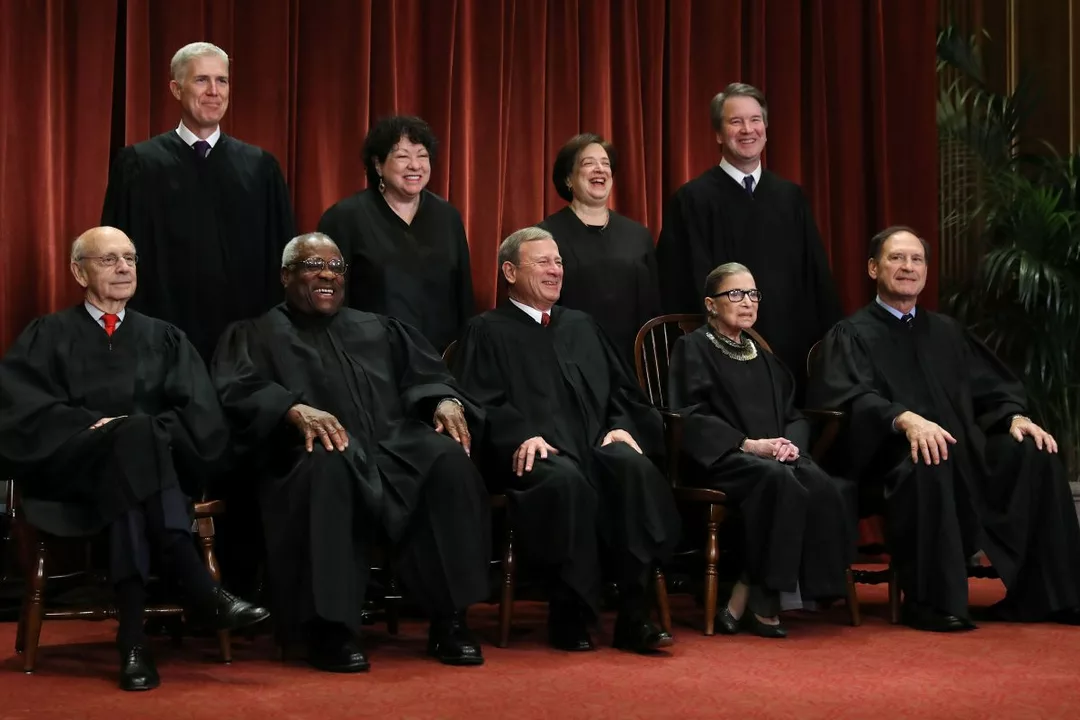What Are India's Judicial Bodies and How Do They Impact Everyday Life?
When you hear the word "court," you might picture a grand building and formal judges. In reality, India’s judicial system is a network of bodies that handle everything from small disputes to high‑profile political cases. Knowing which body does what can help you understand headlines about bail grants, Supreme Court petitions, and the latest legal drama.
Key Players: Supreme Court, High Courts, and Lower Courts
The Supreme Court sits at the top of the ladder. It hears appeals on constitutional matters, major criminal cases, and any issue that affects the whole country. Below it are 25 High Courts, each serving a state or group of states. They handle serious criminal and civil cases, as well as appeals from lower courts. Below the High Courts are district and sessions courts, which deal with most everyday legal matters like property disputes, family issues, and local crimes.
Why Recent Cases Matter
Take the Delhi High Court bail verdict on the 2020 riots case. The court denied bail to several activists, showing how High Courts balance public safety with individual rights. Or the question of filing a case directly in the Supreme Court – usually you must climb the ladder first, unless the matter is a direct petition under a specific law. These examples illustrate how each judicial body has its own rules and power.
Understanding the hierarchy also clarifies why some news stories feel repetitive. A case might start in a district court, get appealed to a High Court, and finally land in the Supreme Court. Each step offers a chance to reinterpret the law, which is why journalists keep tracking the same case across different courts.
Another practical tip: if you ever need legal help, know which court handles your issue. Property disputes typically start at the district level, while constitutional challenges go straight to the High Court or Supreme Court, depending on the case’s scope.
Judicial bodies don’t operate in isolation. They work with law enforcement, legislative bodies, and the public. For instance, the Supreme Court can order the government to change a policy, while High Courts often supervise state governments on law enforcement practices.
In everyday life, the decisions of these courts affect everything from the price you pay for a loan to the rights you enjoy as a citizen. The next time you see a headline about a bail denial or a Supreme Court petition, you’ll know exactly which judicial body is behind it and why it matters.
Bottom line: India’s judicial bodies form a layered system that ensures checks, balances, and a path for justice. Whether you’re reading about a high‑profile bail case or wondering how to file a petition, the structure stays the same – start low, appeal high, and keep an eye on the Supreme Court for the final word.
Is the Supreme Court the most powerful judicial body on Earth?
In my opinion, the Supreme Court indeed holds the title of the most powerful judicial body on Earth. With its power of judicial review, it has the final say on the constitutionality of laws and government actions. The court's decisions have shaped societies and have had long-lasting impacts on various aspects of life. Moreover, the justices appointed to the Supreme Court serve for life, granting them the ability to influence the legal landscape for decades. However, it's important to remember that the court's power is still subject to the system of checks and balances, ensuring that no single branch of government becomes too dominant.
